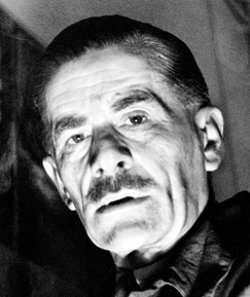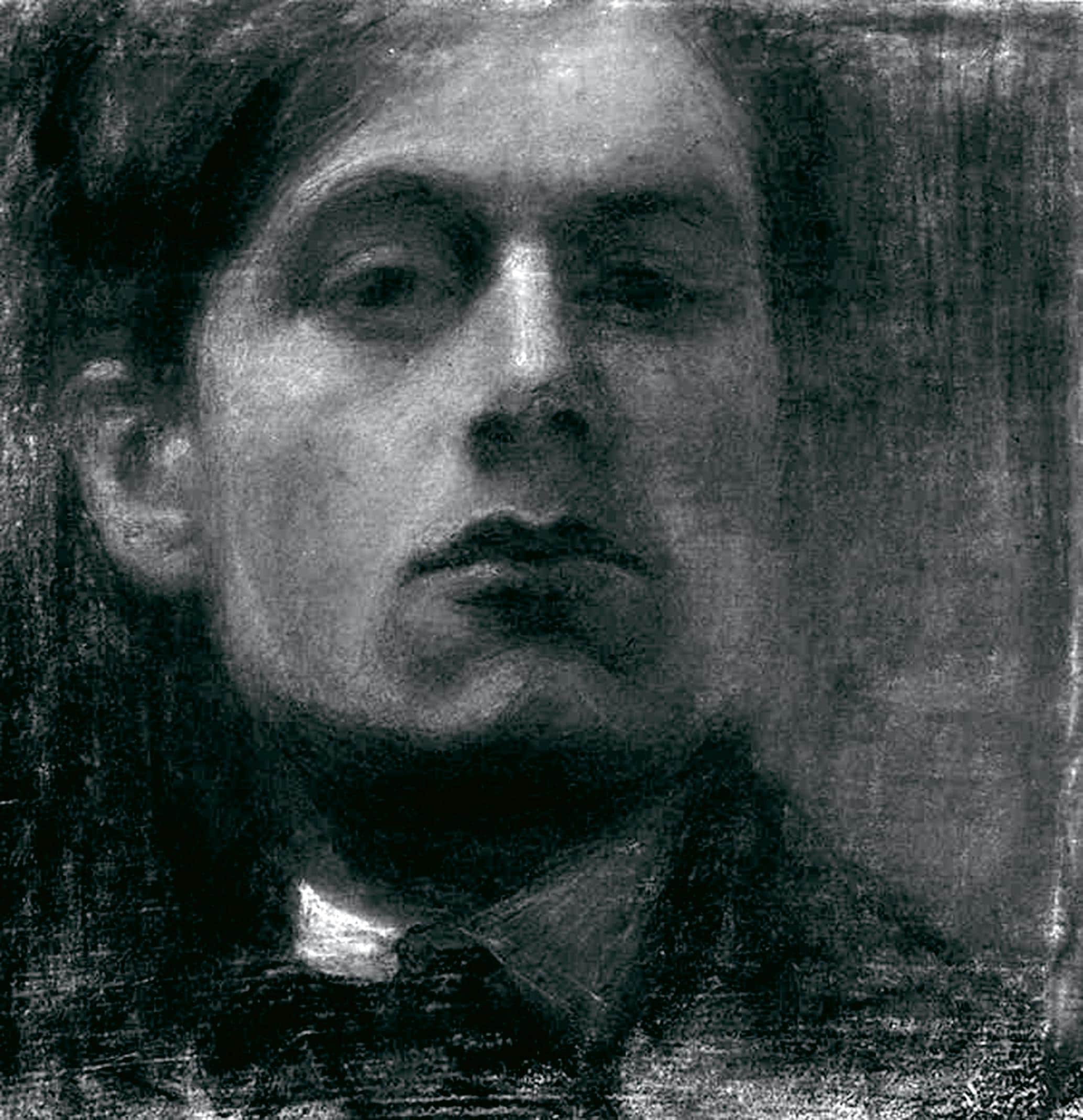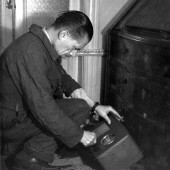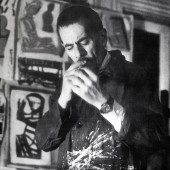
1885 - 1961
Mario Sironi

description
An Italian painter, architect, sculptor and art critic. He worked mostly in Milan and Rome. The work of Mario Sironi overcame several cardinal changes during his long career. The artist made the greatest contribution to Futurism, enriching and supplementing it with his original finds, as well as to metaphysical painting, becoming its bright and original representative. He was also one of the creators of the “Novechento” style that tried to change the diversity of modernist movements with a more rational “return to order”.
Mario Sironi was a master of the industrial landscape subtly feeling the rhythm and atmosphere of his era. His paintings are distinguished by twilight mood and dark tones, contrasting sharply with the bright and enthusiastic canvases of Futurists. Using a rather limited palette, thanks to his sense of colour and form Sironi managed to create a unique atmosphere of alienation and emptiness of the modern world.
Like many of his colleagues, the artist supported the fascist regime and created murals and mosaics commissioned to the order of the government. After the fall of the Mussolini regime, he experienced a great shock and disappointment, which negatively affected his work, but he continued to actively paint until the end of his days.
Key ideas:
– Applied the art of synthesis and extreme simplification. He painted figures of people, houses and other objects as simple geometric structures, separated by deep dark shadows.
– In the artist’s works, the perspective is either completely absent, so that they look like ancient frescoes, or has its natural, classic look.
– Most of the artist’s paintings have dark colours. Working in absolutely different styles and techniques, the artist never changed the palette using dark brown, yellow, gray and dirty green shades. Such a choice was characteristic of the nature of the artist, prone to sadness and depression. This feature makes Sironi’s works different than works of other Futurists who used bright and saturated colour combinations, expressing speed, light and energy of life with their help.
– The main themes of the artist are a city and a man. Sironi depicted people as little emotional and absent-minded. They calmly pose, indifferently looking sideways. The artist’s favorite genre, city landscape, is a composition with geometrically regular houses and streets. They are mostly deserted, and only occasionally lonely figures of people, cars or horses appear on them. The outlines of dwellings in which no one lives, empty streets and black shadows create a feeling of sadness.
– Despite the choice of topics related to urban life, factories and plants, railways, the artist’s works do not fully correspond to the aesthetics of Futurists. Paintings by Sironi have no movement that his colleagues admired so much; his images are monumental and static. They seem to be immersed in their world, far from everyday problems.
1885
1903
1914
1919
1920
1922
1932
1946
1950
1961
The birth of the artist
Devote himself to painting

Participated in the International Futurist Exhibition in Rome

The first personal exhibition

“Against any repetition in painting”

Created the group Novecento

He became a participant and organizer of the "Exhibition of the Fascist Revolution"

Returned to easel painting

Actively engaged in exhibition activities

The death of the artist

Mario Sironi
On Artist
flow
Neo-impressionism
Expressionism
Metaphysical painting
Cubism
Futurism
friends
Gino Severini
Umberto Boccioni
artists
Giacomo Balla
Paul Cezanne
Camille Pissarro
Pablo Picasso
Georges Braque
Fernand Leger
Georges Rouault
By Artist
flow
Metaphysical painting
friends
Filippo Tomaso Marinetti
artists
Mario Tozzi
Vinizio Palladini
